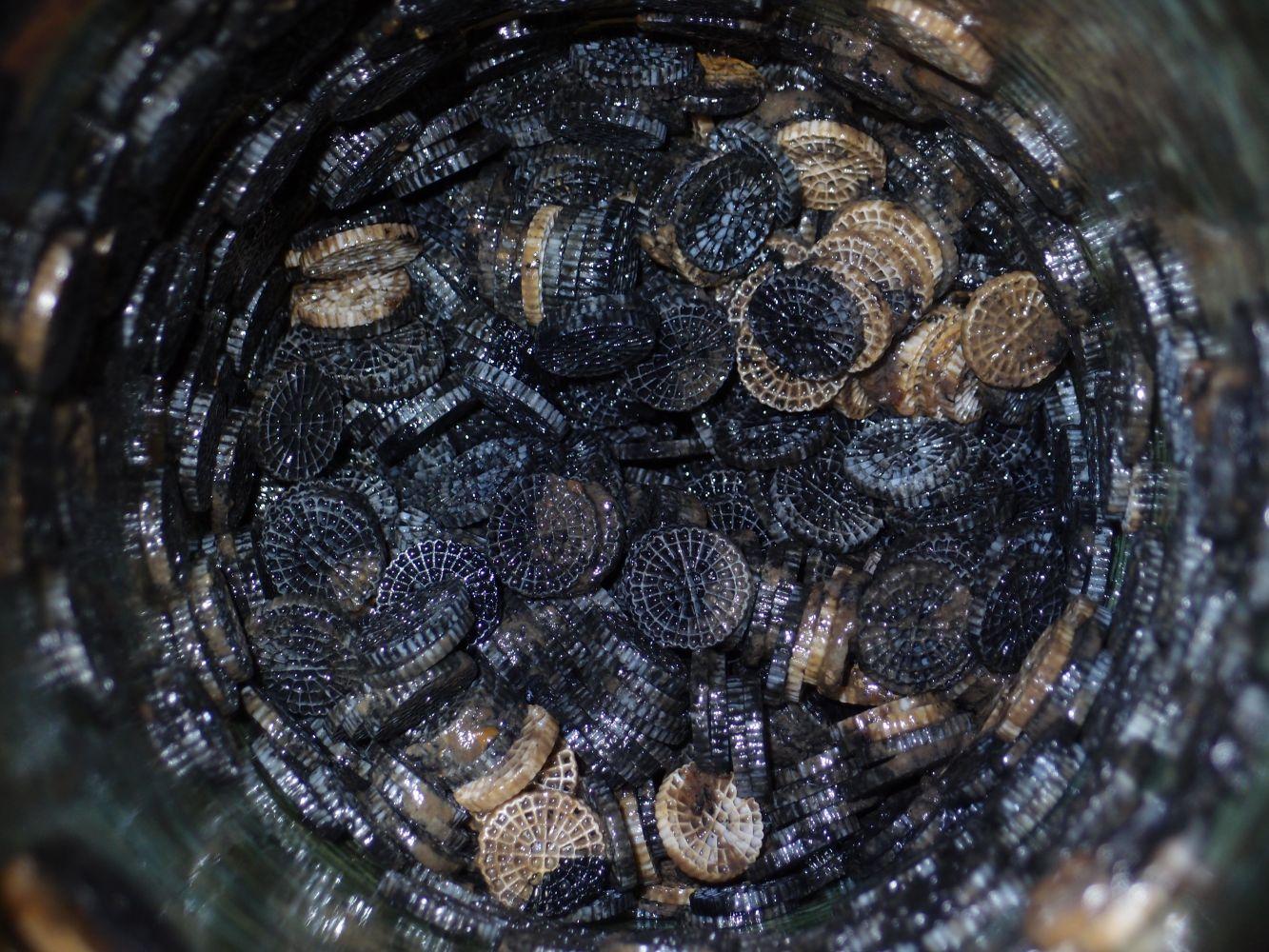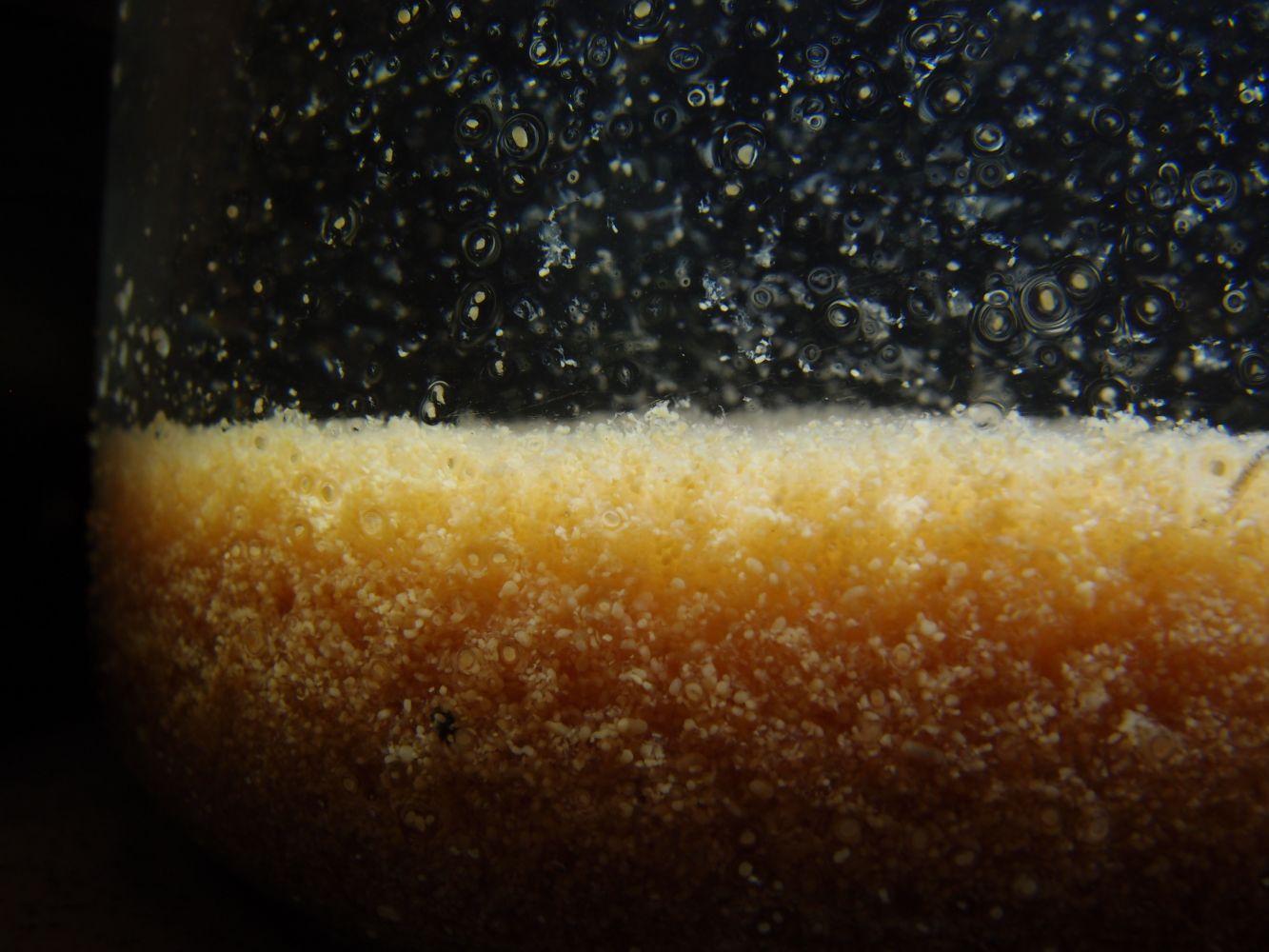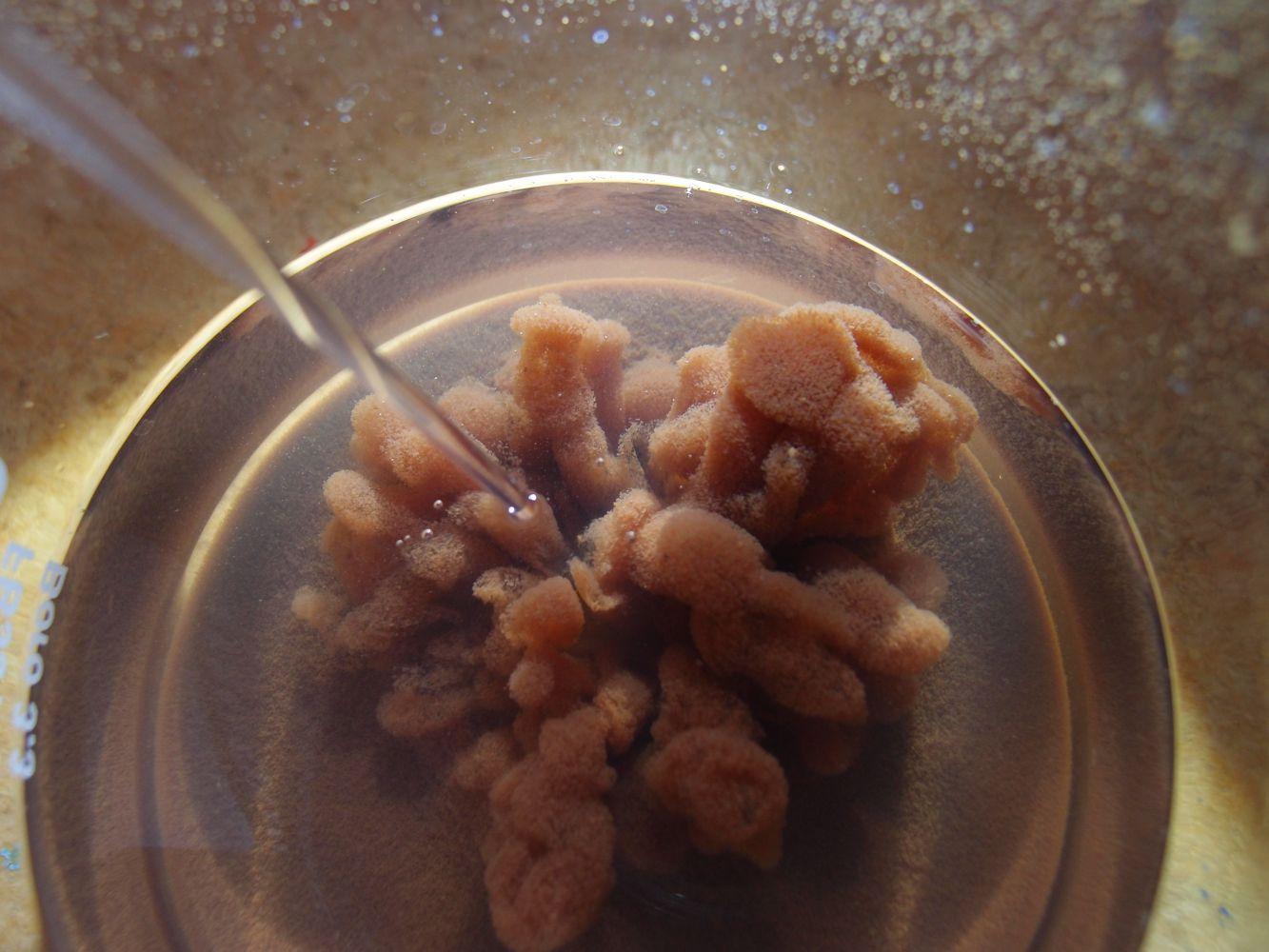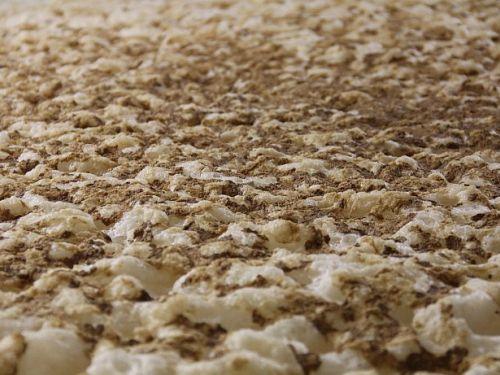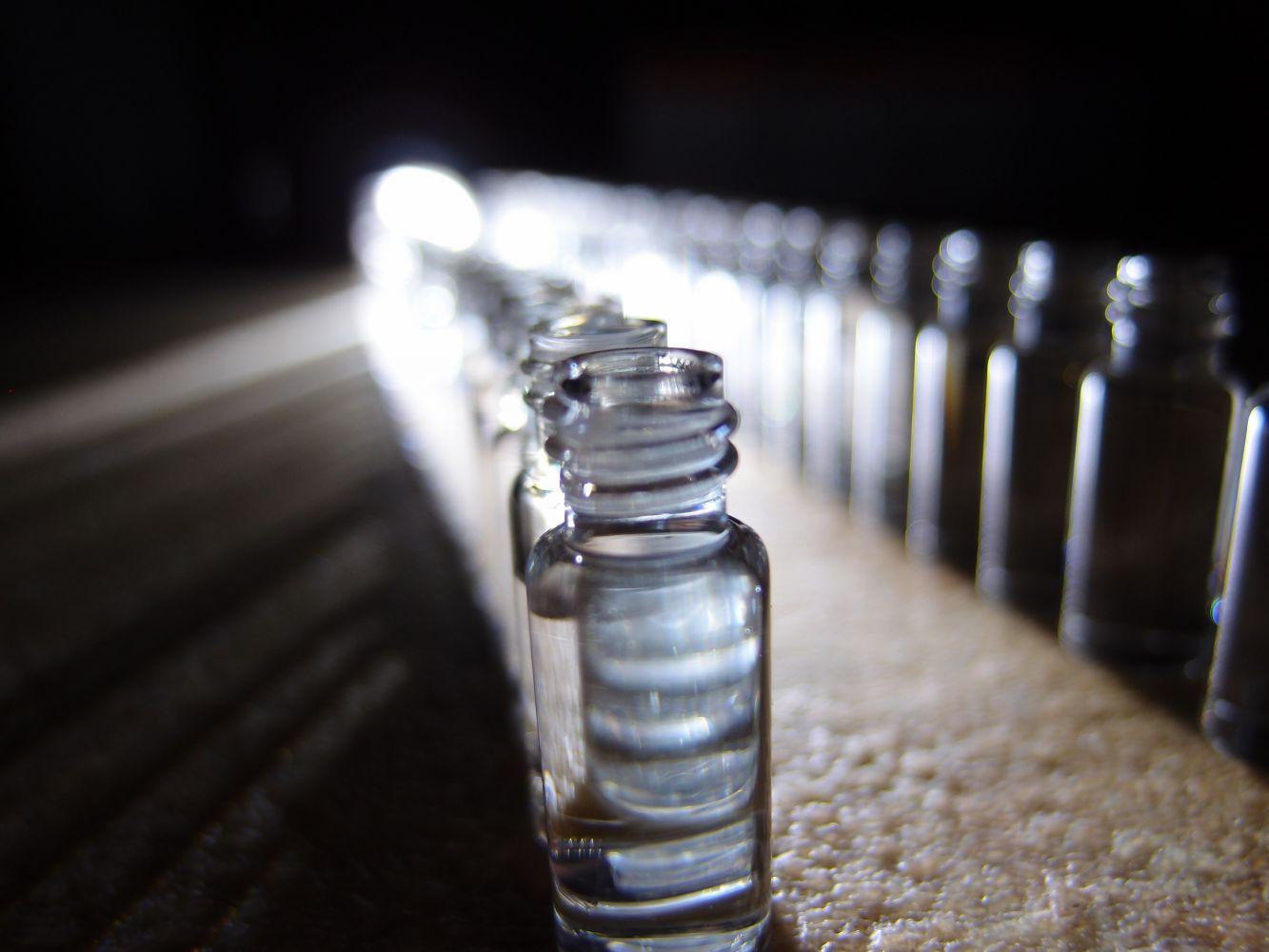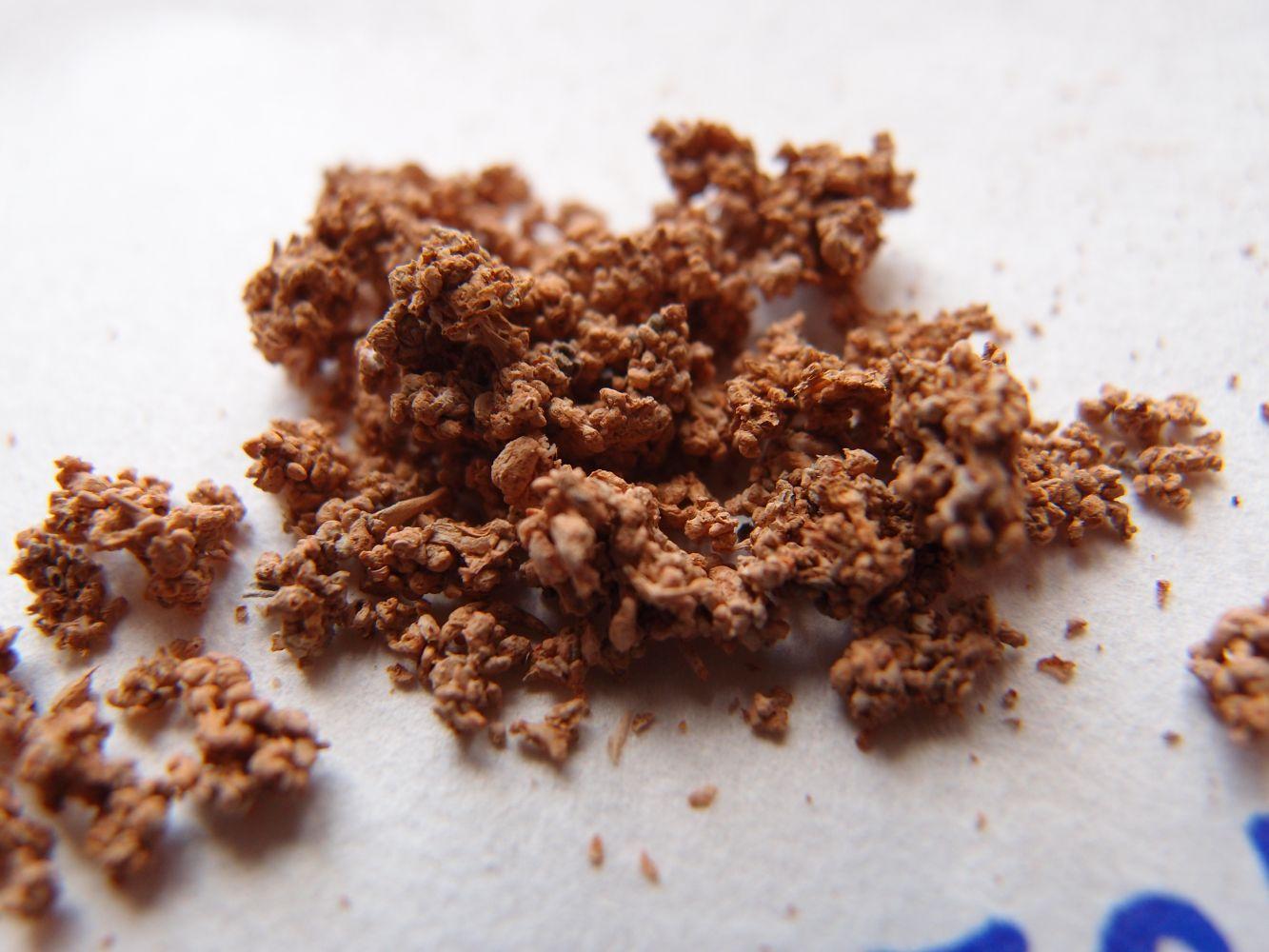Wastewater can be viewed as a source of energy, valuable materials (such as nitrogen, phosphorus, and heavy metals), or even clean water. The energy contained in organic substances found in wastewater and sewage sludge can be recovered using anaerobic technologies—specifically, anaerobic digestion (AD). The final product of AD is biogas—a mixture of methane and carbon dioxide—which can be used to generate electricity and heat. AD is particularly environmentally favorable due to its low greenhouse gas emissions.
The Anaerobic BioTechnologies Group focuses on optimizing the AD process and addressing specific challenges inherent to AD, such as the removal (recycling) of nitrogen and sulfur compounds released during digestion.
Running projects
- DIRE: Digitální dvojče technologických celků recyklace vody (TAČR Trend), 2023-2025, vedoucí projektu za VŠCHT Ing. Petr Dolejš, Ph.D.
- METAMONIT: Pokročilá identifikace a mitigace úniků methanu na stokové síti a čistírnách odpadních vod (TAČR PPŽ), 2025-2027, vedoucí projektu za VŠCHT Ing. Vojtěch Kouba, Ph.D.
- KALBRO: Technologická, ekonomická a environmentální optimalizace energetického a surovinového využití biologicky rozložitelných odpadů (TČAR PPŽ), 2024-2026, vedoucí projektu za VŠCHT prof. Ing. Pavel Jeníček, CSc.
- AVI-FLU: Včasné odhalení zdrojů nákazy ptačí chřipky pomocí detekce virových částic v environmentálních vzorcích, (MZE NAZV), 2024-2028, vedoucí projektu za VŠCHT prof. Ing. Jan Bartáček, Ph.D.
- EU-WISH: Wastewater Integrated Surveillance for Public Health (Horizon 2020), 2023-2026, vedoucí projektu za VŠCHT prof. Ing. Jan Bartáček, Ph.D.
- GRANBIO: Intenzifikace biologického odstraňování nutrientů z odpadní vody pomocí aerobní granulované biomasy (TAČR Sigma), 2023-2025, vedoucí projektu za VŠCHT Ing. Vojtěch Kouba, Ph.D.
- NEGEV: Metody nové generace pro vysoce citlivou a rychlou detekci fekálního znečištění a antibiotické rezistence pro podporu oběhového vodního hospodářství (TAČR PPŽ), 2024-2026, vedoucí projektu za VŠCHT Ing. Vojtěch Kouba, Ph.D.
- PERFAS: Identifikace a management bodových zdrojů zátěže PFAA v antropogenním vodním cyklu (TAČR PPŽ), 2024-2026, vedoucí projektu za VŠCHT Ing. Vojtěch Kouba, Ph.D.
- BIONEMIX: Bioplyn jako stabilizační prvek energetického mixu komunitní energetiky (TAČR Sigma), 2025-2026, vedoucí projektu za VŠCHT Ing. Dominik Stránský
Analyses and other services for the public
Actual topics:
Energy Self-Sufficient Wastewater Treatment Plant
The Anaerobic Technologies Group has long focused on intensifying anaerobic sludge stabilization at wastewater treatment plants (WWTPs). The aim is to recover energy from sludge to meet the full electricity demand of the WWTP. For example, Prague's Central WWTP achieved nearly 90% energy self-sufficiency by implementing our proprietary sludge disintegration method (lysis-thickening centrifuges) and thermophilic anaerobic stabilization. These methods, combined with enhanced precipitation of organic matter from incoming wastewater and improved mixing in anaerobic digesters, led to a doubling of biogas production.
Removal of Hydrogen Sulfide from Biogas
Hydrogen sulfide (H₂S) causes SO₂ emissions, foul odors, and combustion issues in cogeneration units, so it must be removed from biogas. Biological desulfurization methods rely on the oxidation of H₂S into elemental sulfur by chemolithotrophic sulfur bacteria: H₂S + 0.5 O₂ → S⁰ + H₂O
This can be achieved in:
- An external bioreactor after H₂S is absorbed into aqueous solutions
- Directly in the anaerobic fermenter via microaeration
Both methods are effective, but our results show that microaeration also brings added benefits, such as improved reactor stability. Biological desulfurization is consistently more cost-effective—both in investment and operation—compared to chemical or physico-chemical approaches, and offers broad application potential.
Nitrogen Removal from the Liquid Phase Post-Digestion
After anaerobic digestion, the liquid phase often contains high concentrations of ammoniacal nitrogen, depending on the feedstock. This can inhibit anaerobic digestion and impose a heavy load on the water treatment line at WWTPs. One promising method for removing ammoniacal nitrogen is nitritation-denitritation, which—compared to conventional nitrification-denitrification—can save:
- 25% in oxygen demand
- 40% in required organic substrate








